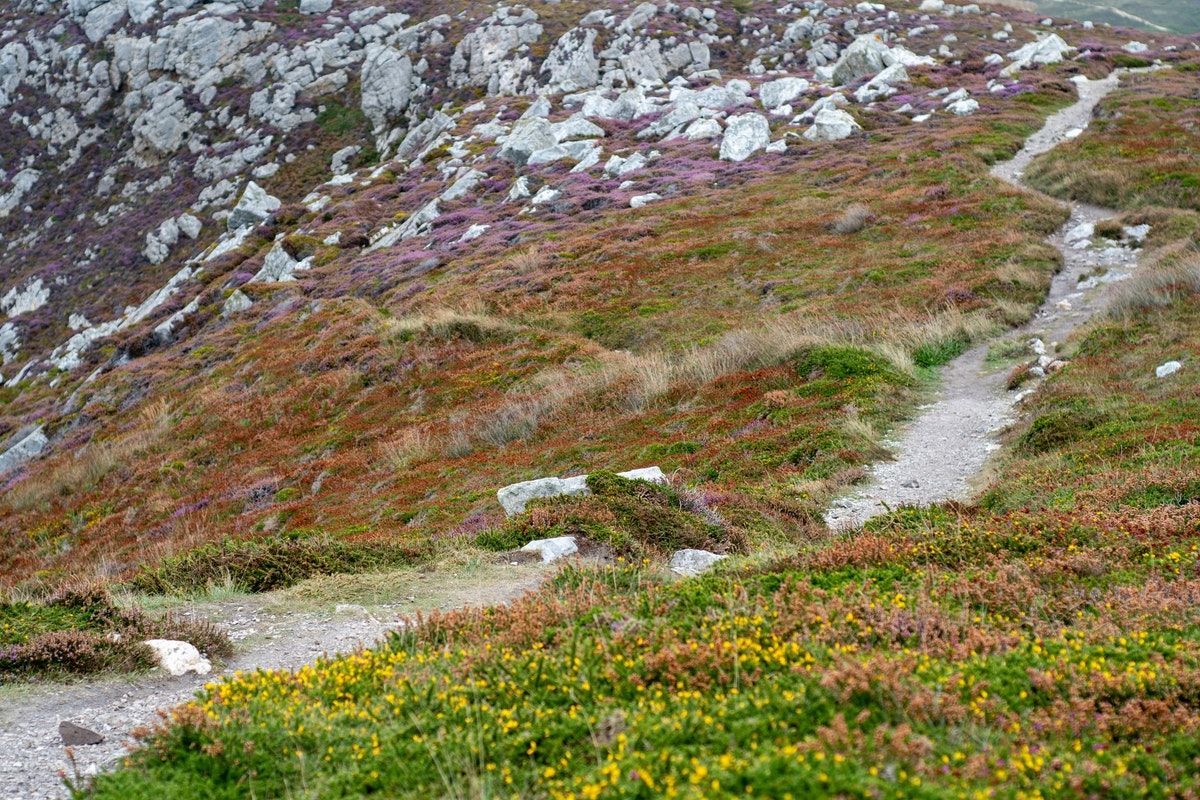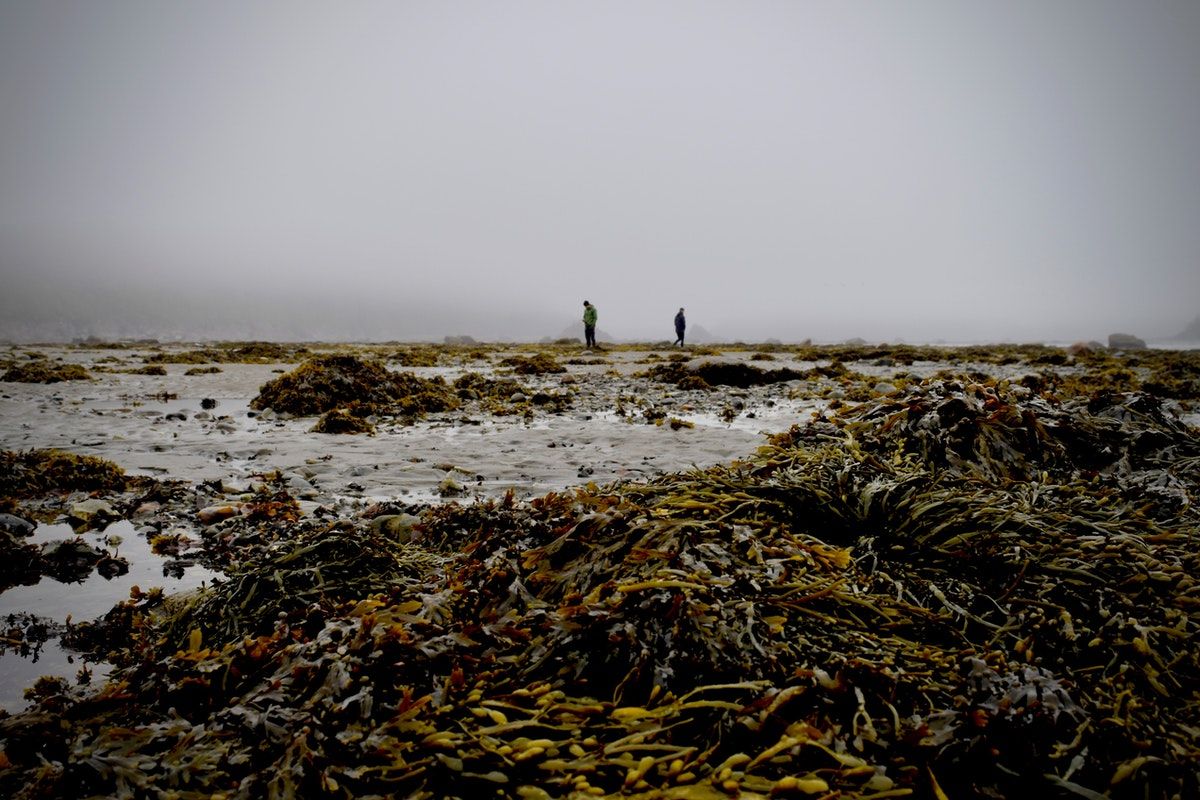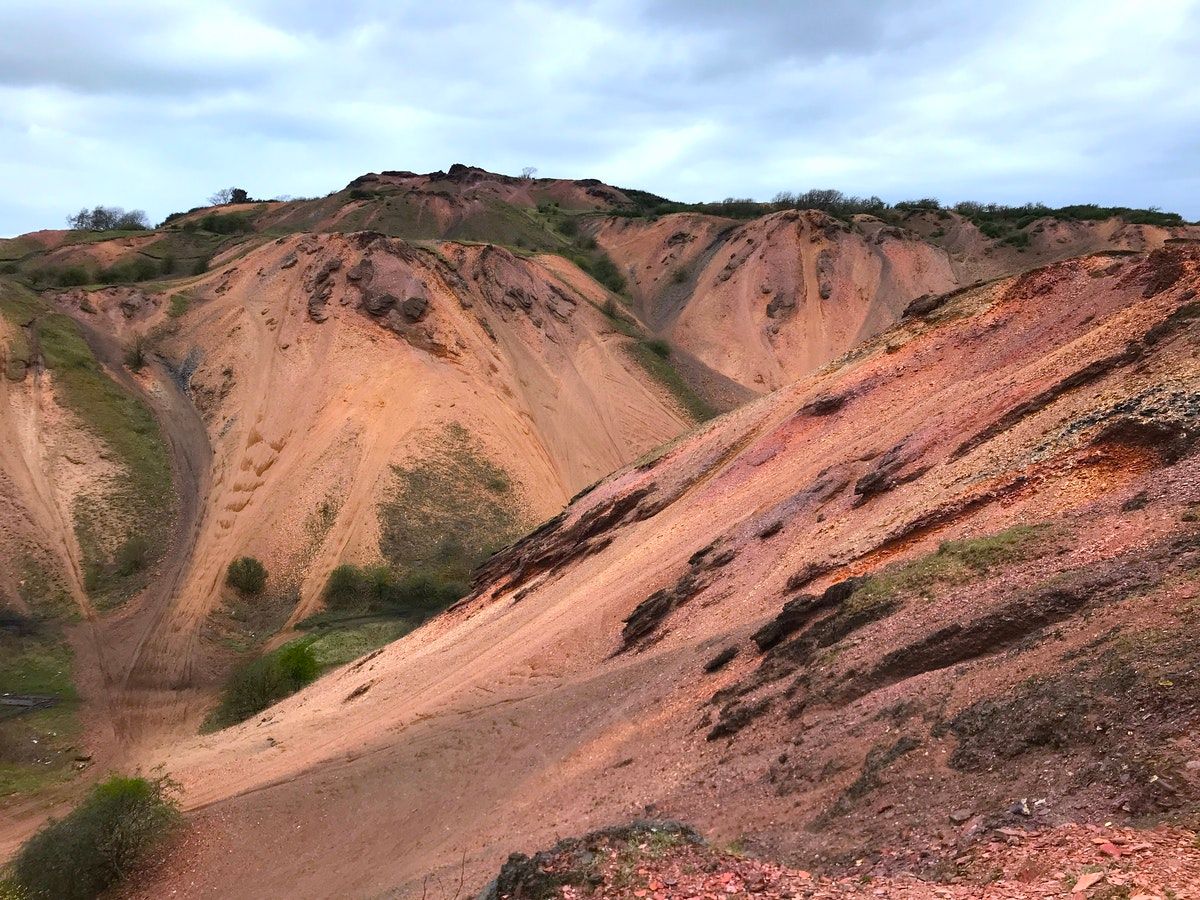
On the spoil heap, where nature rises from the wreckage
The remains of Scotland's industrial past have created opportunities for orchids, birch and insects, writes Cal Flyn.
This week’s article is by Cal Flyn, a writer based on Orkney, whose new book, Islands of Abandonment, is out tomorrow. You can get it here.
A few miles outside of Edinburgh, not far from the airport, a strange landmark rises from green fields.
It is red-flanked, curving, 200 metres tall. It is built of millions of tiny flakes of stone.
This is Greendykes bing: a massive, sprawling spoil heap dating from the beginnings of the modern oil industry. For around six decades from the 1860s, Scotland was the world’s leading oil producer, thanks to an innovative new method of distillation, which extracted fuel from oil shale.
The mountain of spent, brick-red stone chips at Greendykes stands in monument to those years, when 120 works across central Scotland belched and roared, wrestling 600,000 barrels of oil a year from the ground. For every ten barrels, six tons of spent shale would be produced: in total, two hundred million tons of the stuff.
Hence the enormous slag heaps; 27 of them in all, of which 19 survive today.
Each flake of shale is the size of a fingernail, with the brittle texture of broken terracotta. The bings – from the Old Norse, bingr, meaning ‘tip’ or ‘bin’ – rose from the land like loaves, swallowing all they came into contact with: thatched cottages, trees, in one case an entire Victorian mansion. All now lie entombed beneath the shale.
The industry stuttered to a halt in the mid-20th century. Since then, the bings have stood as silent presences on the skyline.
They were not always popular, being reminders of the region’s industrial past and its post-industrial present. Over the years, various attempts were made to flatten certain bings, or to plant shrubs and grasses to make them more aesthetically pleasing, less obviously visible.
But, in the main, they were forgotten. They blended into the background of daily life.
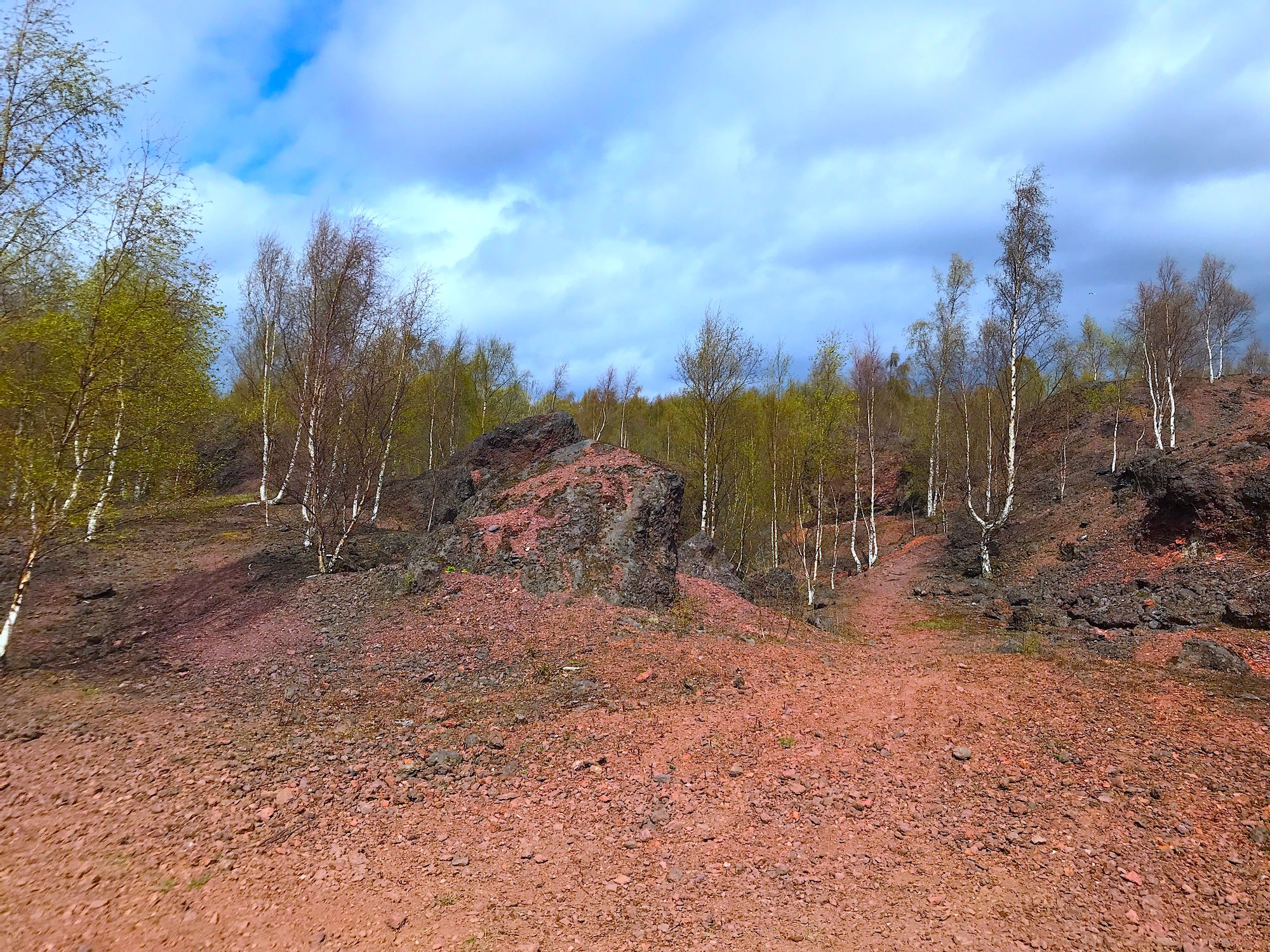
That is, until the early 2000s, when a local ecologist Barbra Harvie made a survey of the bings’ flora and fauna as part of the research for her PhD.
She found that, while no one had been looking, they had transformed into unlikely hotspots for wildlife: little landscapes of self-willed wilderness. They were, as she wrote later, “island refugia for wildlife,” in a landscape dominated by agriculture and urban development.
Hiding in these scrappy spoil heaps were hares and badgers, ringlet butterflies, elephant hawkmoths, ten-spotted ladybirds. Skylarks ascended into the sky. Kestrels hovered overhead. A diverse array of orchids had taken root – including the vanishingly rare Young’s helleborine, found in only ten locations in Britain (all post-industrial, two of them bings) – and a genetically distinct birch woodland that had established naturally at the base of one of the smallest of the slag heaps.
In all, she recorded more than 350 plant species – more than had been recorded at the Ben Nevis site of special scientific interest (SSSI). These strange, feral, almost Martian landscapes, which started out as scorching, sterile piles of stone chips, have become, over the course of a few short decades, highly valuable ecosystems.
I first visited the bings back in 2018 – having looked at them through car windows for many years – as part of the research for my new book Islands of Abandonment: Life in the Post-Human Landscape. I had begun to see them as a sort of symbol of the potential for natural recovery in some of the world’s most ravaged environments: a redemption story, of sorts.
For though the Lothian bings are particularly striking, they are far from the only case of deeply human-impacted sites finding a second life as ecological hotspots.
Often neglected, even fenced off, they can become home to rare invertebrates, wildflower-rich grasslands, and other pioneer species. Derelict structures like buildings, tunnels and sheds become home to barn owls or bats, or offer shelter to hibernating butterflies. Crumbling tarmac and pavements offer reptiles a warm place to bask, and slow forest succession.
One of the best-known sites of this kind is a former oil terminal at Canvey Wick, in Essex, which the charity Buglife successfully saved from redevelopment, after scientists discovered that it boasted, on average, as many species per square metre as a rainforest. Abandoned in 1973, nature had reclaimed it to such an extent that 1,400 species of bugs were identified as living there, including three that had previously been thought to be extinct.
In Wales, I visited the Swansea valley – once known as Copperopolis, for its complex of smelting works – where rare ‘metallophyte’ plants now thrive in ground tainted by heavy metals including chromium, copper and lead. Researchers from Natural Resources Wales showed me patches of star-flowered spring sandwort, and spoke of colour-changing lichens that turn orange in iron-rich areas and green where there is copper. Ground once considered to be hopelessly polluted wasteland has now been classified as a SSSI and brought under environmental protections.
The value of these sites can be surprising, even when visited in person. As I write in my book, “some of the new foci of scientific interest are sites that, on first glance, might be dismissed as drab or run down or ruinous. To appreciate their significance requires a certain retuning of the eyes and adjusting of sensibilities… But these terrains vagues, with their self-willed communities of hardy plants, may be more authentically alive, more solidly real, than many of the world’s most celebrated beauty spots.”
Indeed, their ugliness, their unattractiveness to humans, their ‘brownfield’ nature, may be what has saved them, given them the time and space to recover.
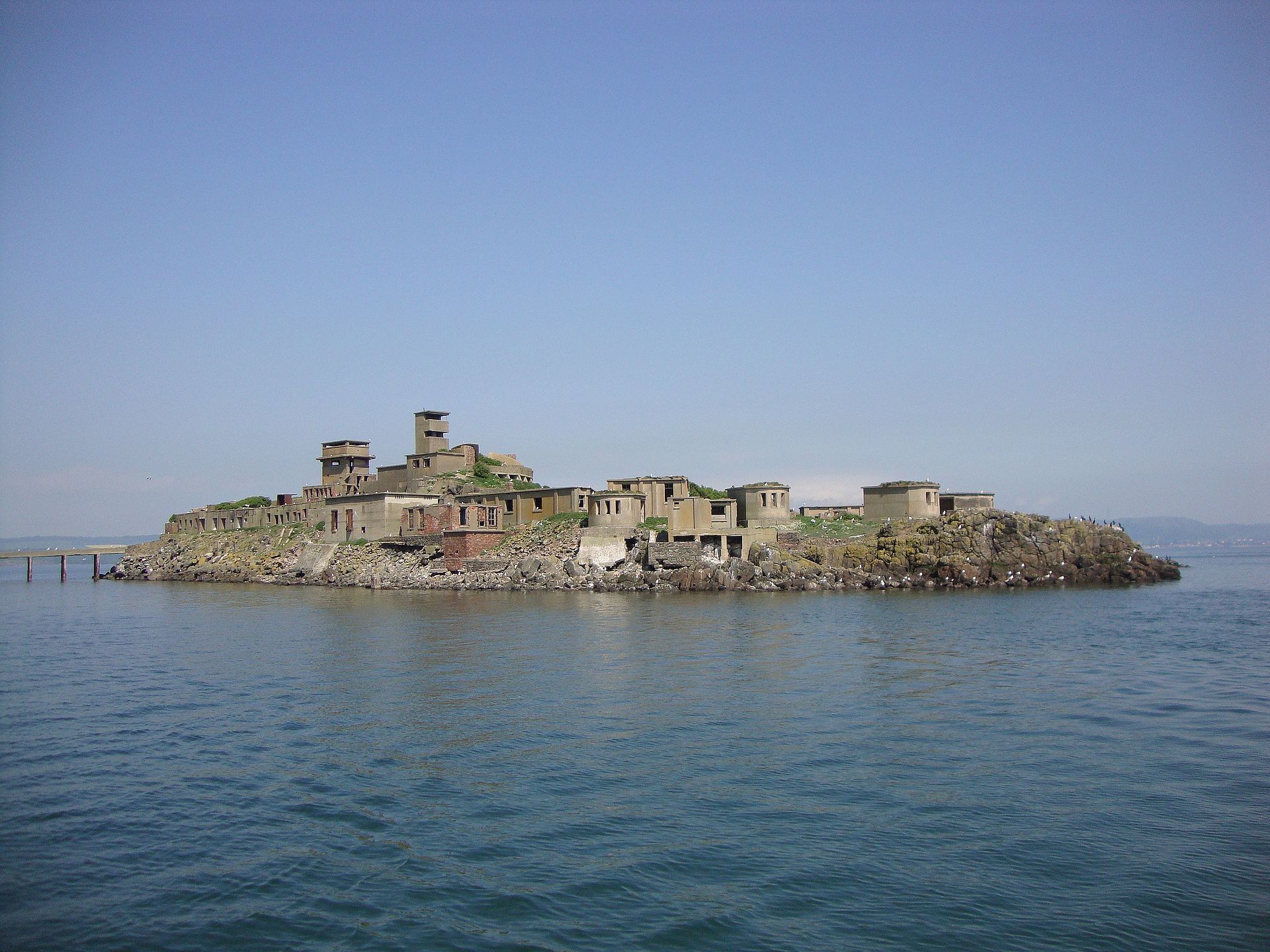
I came to think of such landscapes as falling within that class the French call the ‘jolie-laide’ – that is, ‘pretty-ugly’, those who are elevated by their imperfections from mere attractiveness unto a higher plane of visual interest. The industrial scars that are the Lothian bings, the derelict piers of Canvey Wick, the metal tainted earths of Swansea Vale, only serve to throw their current ecological significance into sharp relief.
Indeed, past efforts to ‘remediate’ or otherwise prettify these sites can backfire. In Swansea, a past – well-meaning – landscaping effort, which involved capping or removing contaminated soil, had inadvertently damaged the local ecosystem; with their habitat reduced, some metallophyte rare species had to be reintroduced. When I visited, conservationists were weighing up radical, counter-intuitive management methods including scraping up topsoil to retoxify the soil.
The bings, too, suffered under heavy-handed management policies.
In 2007, Barbra Harvie returned to the mountains of rust-red gravel, and found that bings that had been traditionally managed – restored by ‘rounding off’ the messy tips to create a more natural-looking hillscape, fertilised and sown with grass or planted with native and non-native trees – were, on average, less biodiverse than those that had simply been left alone. Sites that had undergone lighter-touch ‘ecological management’ had done okay – but, she found, no better. The best management method, she concluded, can be no management at all.
In Islands of Abandonment, I visited other sites too – exclusion zones, no-man’s-lands, ship graveyards, forgotten islands – but all of them reminded me of nature’s capacity to adapt. Not all of the sites I visited were beautiful. Many were the opposite. But they were all in the process of recovering – of being recolonised by life, even if that life was sometimes different to what came before.
I do not suggest we should continue to ravage our planet, and do so with impunity. These are studies, I think, of the benefits of learning when to surrender control. We can have a tendency to roll up our sleeves and ‘get involved’ in natural processes, usually on the basis that we did the damage, and thus it is our responsibility to undo it.
Sometimes it can be better to step back and watch.
All images belong to Cal Flyn.
Subscribe to our newsletter
Members receive our premium weekly digest of nature news from across Britain.
Comments
Sign in or become a Inkcap Journal member to join the conversation.
Just enter your email below to get a log in link.


